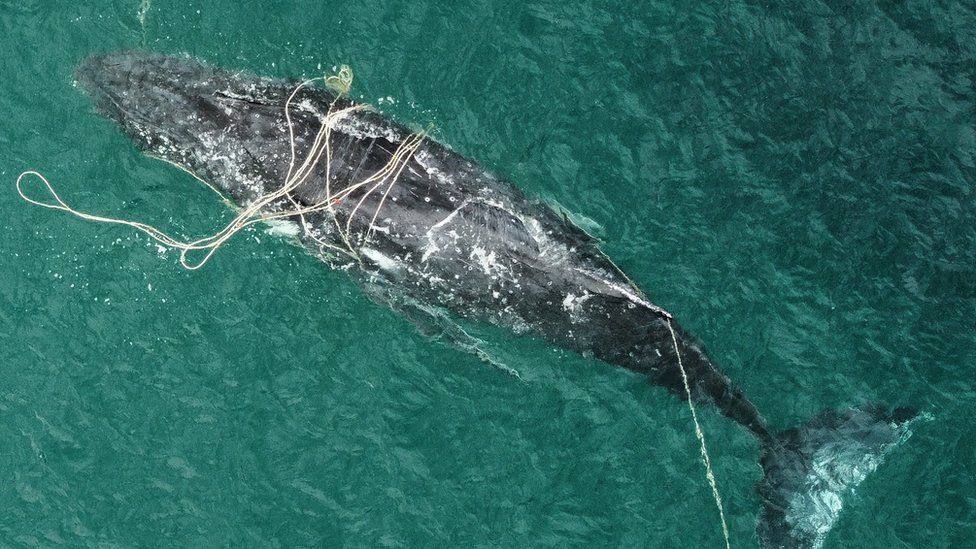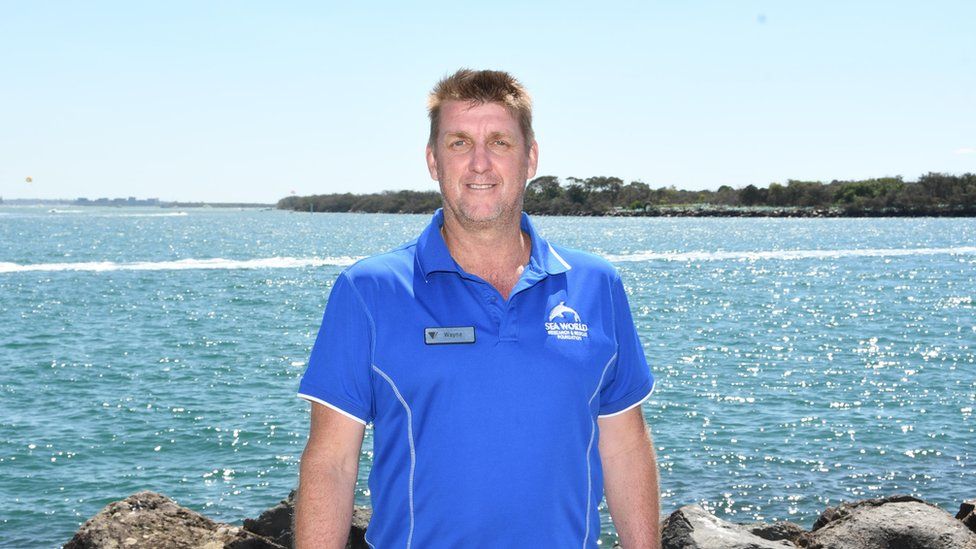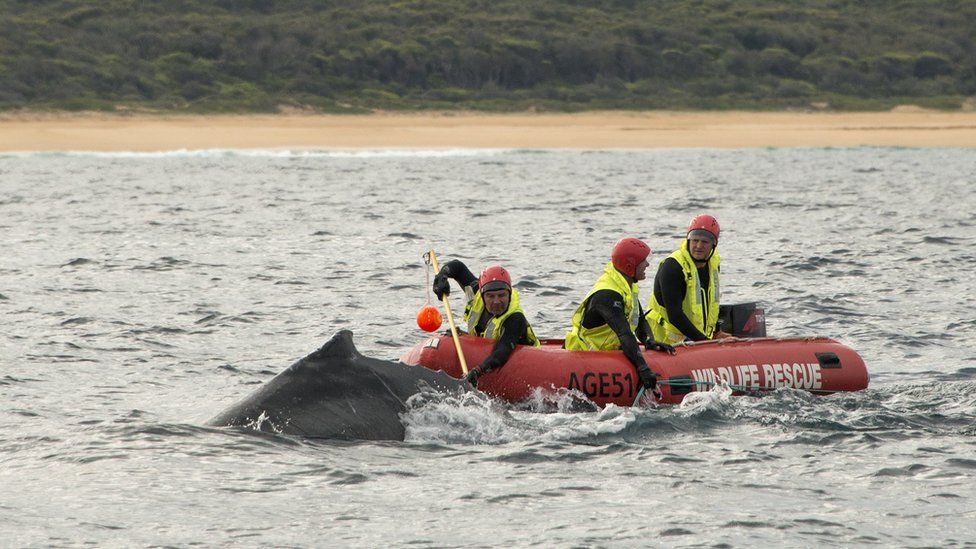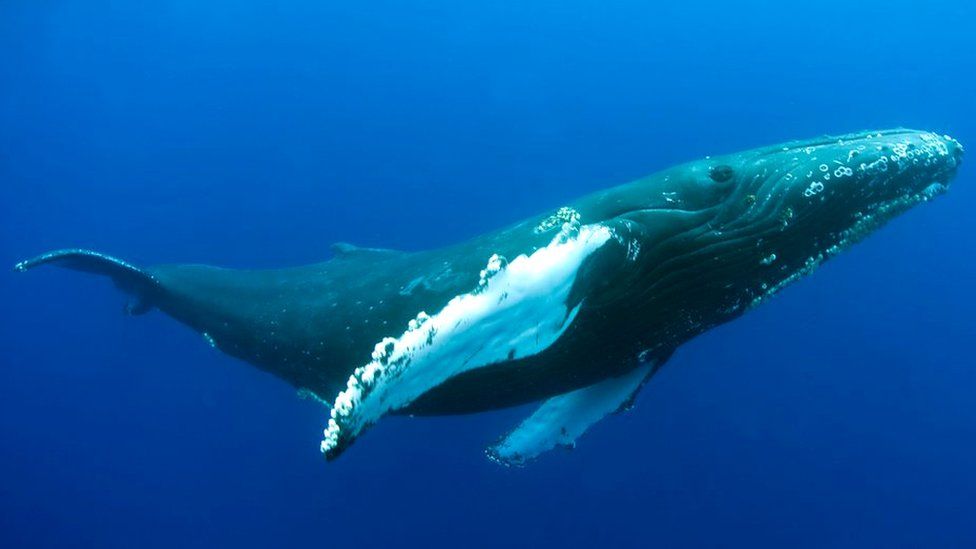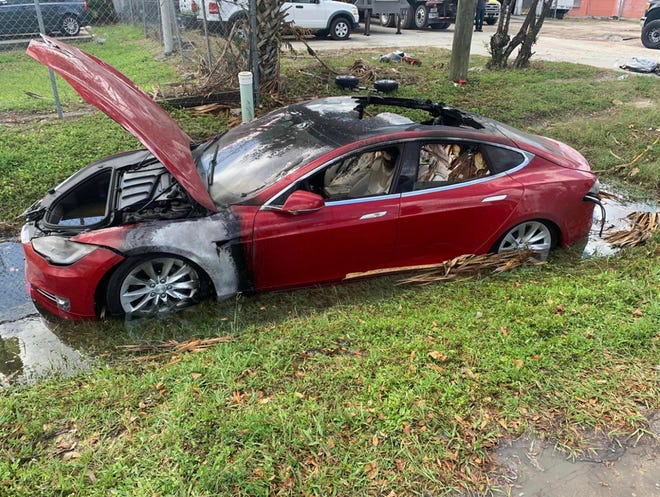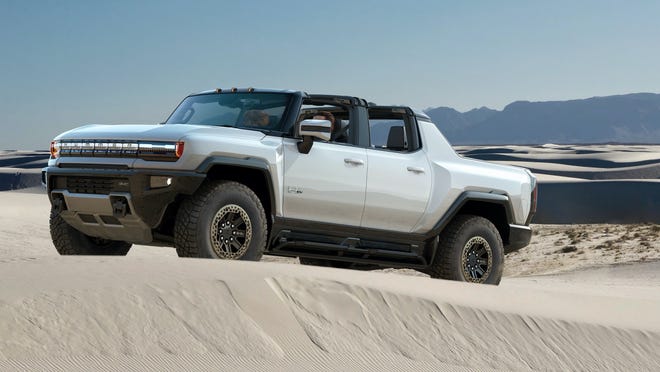Perceptions of racism in the workplace have remained static since 2018 despite the rise of Black Lives Matter protests that took place in response to police killings of black people in the US in 2020.
Almost two thirds (61%) of black employees in the UK experienced racism in the workplace in 2021, according to a report published today by business psychology consultancy Pearn Kandola.
Of those who witnessed racism at work, a quarter did not report the incidents out of fear of the consequences and a third of white respondents decided it “was not my business”, a 20% rise since 2018 when the same questions were asked.
The Racism at Work 2021 research found that over half of UK employees were not seeing racial equality promoted at work.
Employees, found the study, were still not comfortable having discussions around race at work. In 2021, the average comfort level was only 59/100 – a number that had barely changed since 2018. Perceptions of racism in the workplace also changed little between 2018 and 2021. Last year, 88% of employees believed racism existed in their workplace, a rise of 2% from 2018.
Conducted in 2021, Pearn Kandola’s report replicated a 2018 study to explore experiences and changes in perceptions of racism in modern UK workplaces. It revealed that despite several significant global events over the last four years – including the death of George Floyd and the widespread racial equity movement it sparked in 2020 – very little had changed when it came to discussing and promoting racial equality in work environments.
Pearn Kandola said the report shows there has been a lack of progress in combating racism in the workplace, citing figures showing three-quarters (75%) of employees considered racism to be a problem in 2021, a minor shift from 73% in 2018.
Binna Kandola, business psychologist and co-founder of Pearn Kandola, said: “We’ve not seen enough change since our previous research in 2018, despite the global conversations that have taken place since 2020.
“We are still as wary, if not apprehensive, about conversations around race as we ever were.
“If we are to make progress on race, it will be achieved by discussion. It’s time for us all to take a good, hard look at how we perceive racism at work, as well as inclusion as a whole, to ensure we are able to talk to one another in an environment of mutual respect.”
‘It wasn’t my business’
Pearn Kandola said half of respondents reported that their organisation was not doing anything to promote racial equality in the workplace in 2021.
This lack of action was evident in the way employees responded to racism in the workplace, found the study. While 52% witnessed someone being racist in work last year, over a quarter (28%) took no action, with the most cited action being “I feared the consequences”. Almost a third (31%) of white respondents selected “It wasn’t my business” as a reason for not taking action – rising by nearly 20% since 2018.
Binna Kandola commented: “The fear of getting it wrong is hindering the fight against racism. We’re still seeing concerns in the workplace around how to challenge racist behaviour constructively and how colleagues will respond if challenged. Despite everything that has happened in the world over the past two years, we have a long way to go in making race a topic that is able to be discussed openly and empathetically.”
Half (49%) the employees surveyed said their organisation was actively promoting racial equality, with education being the most frequently cited action.
Educational activities included: workshops, seminars and talks, and learning, training and development courses. Championing equality in the workplace, culture and communication, and changing internal policies and practices were also underlined as actions being rolled out in the workplace to promote racial equality.
Binna Kandola said education was a start, but implementable solutions should be the aim for employers. “This can include: recognising different experiences between racial groups, as well as differences within racial groups; skill development in creating environments of psychological safety; and having a clear dignity and respect at work policy. Ultimately, challenging racism is everyone’s business.”
Other recent reports have offered a more sanguine appraisal of racism in the workplace. In 2021 the Race and Ethnic Disparities commission report under Tony Sewell found that, while racism and racial injustice still existed, “we no longer see a Britain where the system is deliberately rigged against ethnic minorities”. It rejected the use of unconscious bias training at businesses but recognised bias at work, citing figures showing that people with names that suggest they come from an ethnic minority have to write 1.6 letters of application before getting a call back for every letter for people with “white” names.
Earlier this year a study by right-of-centre think tank Civitas, published a report claiming that ethnic minority British workers are just as likely as their white counterparts to be employed in a professional role. It found that a quarter of British workers with Indian and Chinese origins (24%) were in the top “higher managerial and professional” classes – twice the proportion of white British people. However, only 7% of black British workers occupied top roles.
Another think tank, the Runnymede Trust, responded to Civitas saying: “As these new figures suggest, a tiny minority of black British workers occupy top jobs, which correlates with the stark employment disparities facing black people in our society.”
Workplace culture
Prof Kandola earlier this month said that to create truly inclusive workplaces, discussions around race at work needed to happen continually, which means listening to the experiences of employees and implementing actionable solutions. “As part of this,” he said, “leaders need to take accountability, fostering inclusive behaviours, setting an example when it comes to challenging stereotypical attitudes, and being open to being challenged. It also requires having effective policies and procedures in place, for example on recruitment, selection and promotion.
He added: “For organisations to create sustainable DE&I practices they need to use their learnings to improve inclusivity for everyone. This means closely examining the organisation’s culture as well as tackling issues such as harrassment, unconscious bias, and religious and disability discrimination.”

